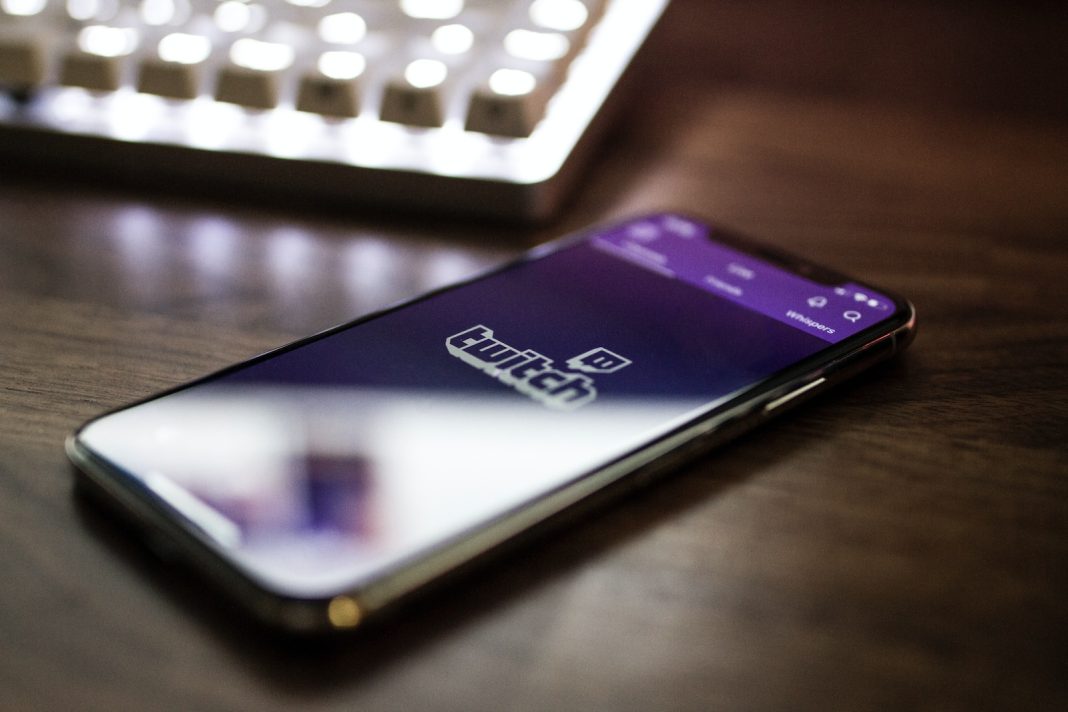In a surprising turn of events, the era of the dedicated gaming smartphone has drawn to a close, with the unveiling of the Asus ROG Phone 8 Pro at CES 2024. Once synonymous with over-the-top designs and exclusive features catering solely to hardcore gamers, the latest iteration of the ROG Phone signals a shift towards a more practical approach, marking the end of an era.
At first glance, the ROG Phone 8 Pro seems to embody the gaming smartphone spirit. Boasting the latest Qualcomm Snapdragon 8 Gen 3 processor, AirTrigger buttons, and a side-mounted USB-C port, it certainly caters to avid gamers. Asus has also invested in refining the software, incorporating performance-enhancing X Mode, new AI tools, and the Armory Crate app for game customization. However, what sets it apart from its predecessors is its dual nature – seamlessly transitioning from a dedicated gaming device to an everyday smartphone.
Unlike its predecessors, the ROG Phone 8 Pro embraces practicality. Equipped with wireless charging, an IP68 water and dust resistance rating, reduced bezels, and a lighter, more ergonomic design, it now caters to a broader audience beyond the gaming community. The once flashy RGB LED screen on the rear panel remains a hidden gem, subtly tucked away when not in use, a stark departure from the conspicuous designs of the past.
Asus’ decision to balance gaming prowess with everyday functionality reflects a broader trend in the industry. While Asus isn’t the sole player in the gaming smartphone arena, it stands out by not abandoning the genre entirely. Competitors such as Lenovo, Xiaomi, and Nubia have seemingly shifted focus or slowed down their efforts in this space. Xiaomi’s Black Shark, for instance, has pivoted to accessories and smartwatches, while Lenovo has discontinued its Legion Phone series.
The question arises: Why are these companies stepping back from the once-thriving gaming smartphone market? Logically, the answer lies in shifting consumer demands, the high cost of development, and the emergence of flagship phones that effortlessly meet the needs of the majority of mobile gamers. The sudden surge in handheld gaming consoles, led by the Valve Steam Deck and followed by Lenovo, Razer, and Asus with their Legion Go, Razer Edge, and ROG Ally, further diverts attention away from traditional gaming smartphones.
One plausible explanation for the decline of the gaming smartphone is the changing preferences of consumers. More individuals now prefer playing their favourite PC or console games on the go, facilitated by the likes of the Valve Steam Deck. The allure of hardcore mobile games seems to be fading, even though mobile esports remains popular. This shift in preferences has led manufacturers to reconsider their focus when designing new phones.
While it may be tempting to mourn the demise of the gaming smartphone, the evolving landscape offers a silver lining. The industry has witnessed the rise of handheld gaming consoles, providing access to non-mobile games on the move. Asus, with its ROG Ally, remains one of the few still committed to a smartphone with gaming as its core focus. However, even here, the device aligns more closely with a conventional flagship than its predecessors.
In essence, the era of the gaming smartphone, as we once knew it, has come to an end. The extravagance and eccentricity that defined the genre have been replaced by practicality and versatility. The market now boasts a diverse range of handheld gaming consoles, a handful of everyday phones catering to mobile gamers, and mainstream flagship phones suitable for casual gaming.
The trade-off for the demise of gaming smartphones involves bidding farewell to motorized cooling vents, extravagant colour schemes, and other eccentric gimmicks. However, in return, consumers gain access to a more varied selection of phones that offer both functionality and entertainment value. As we usher in this new era, it becomes clear that the legacy of gaming smartphones lives on in the form of devices that seamlessly blend gaming prowess with everyday utility.


